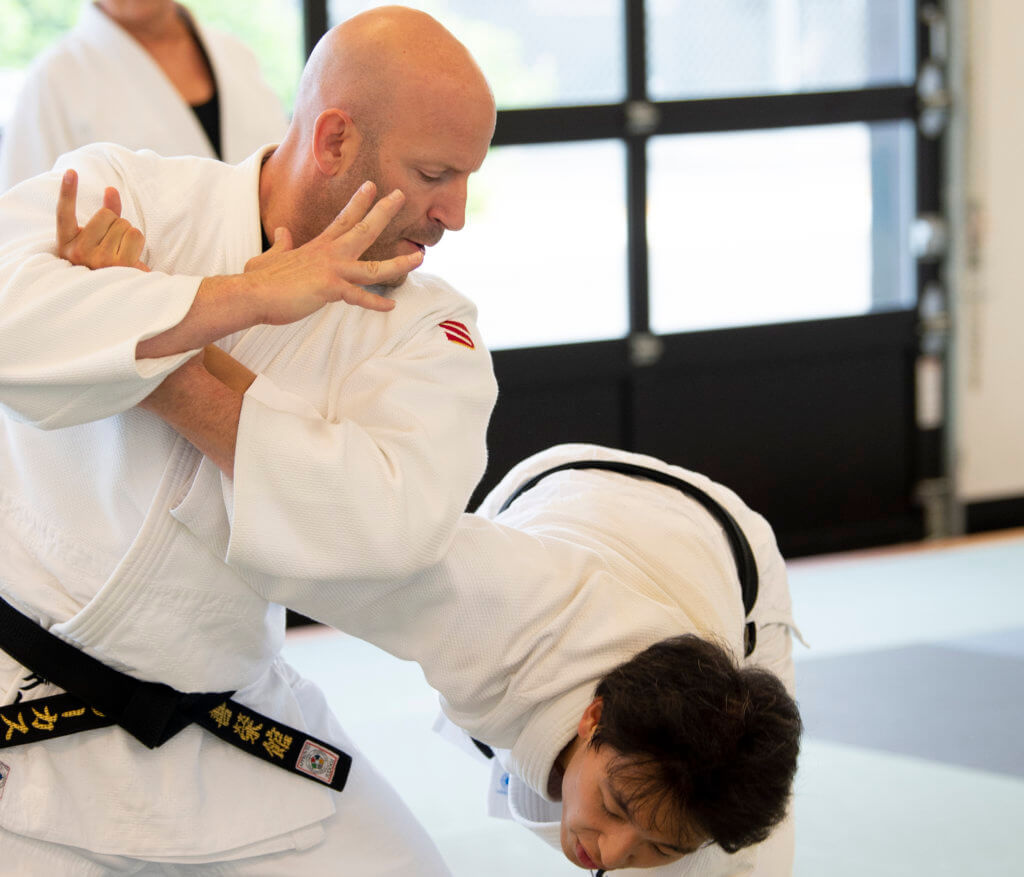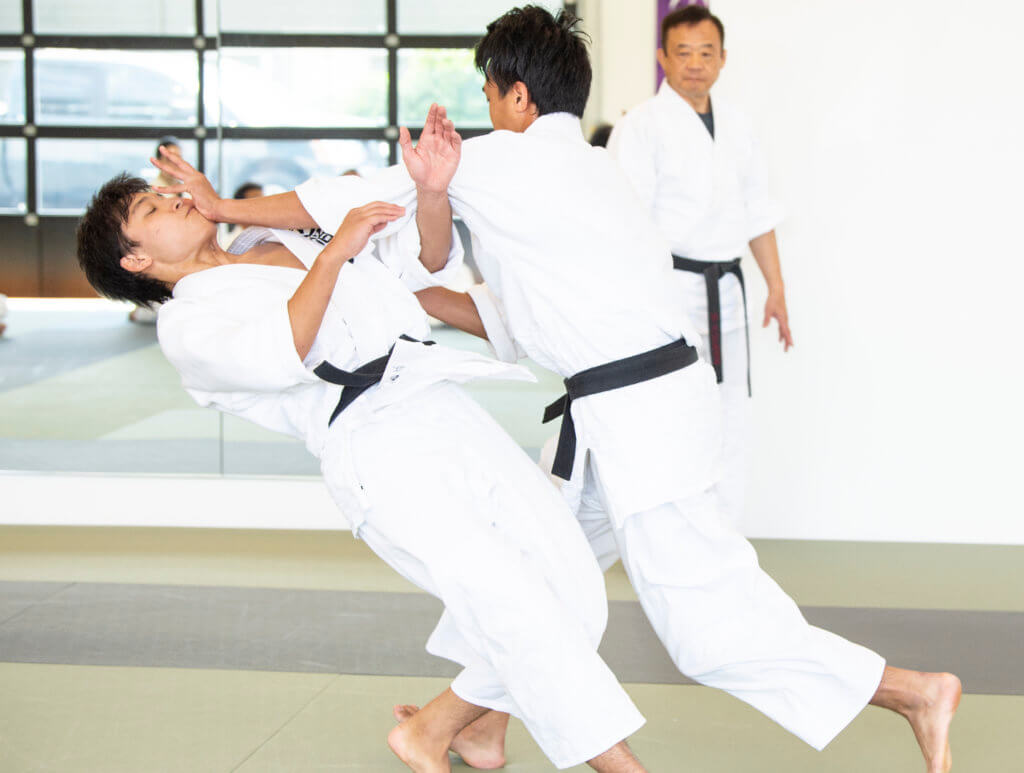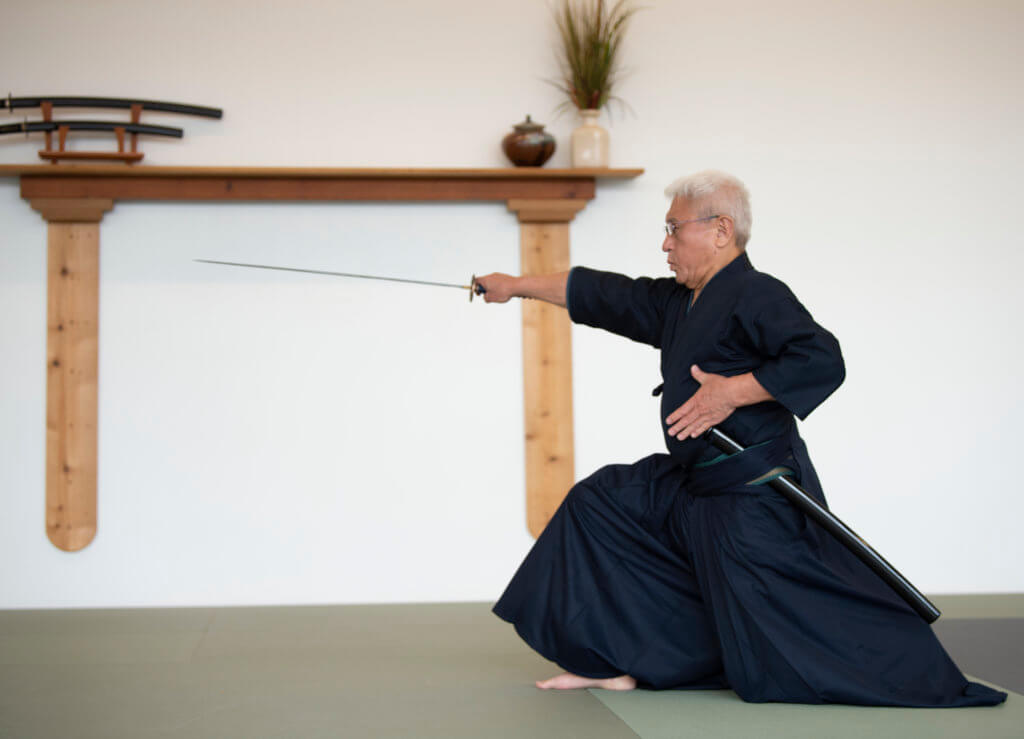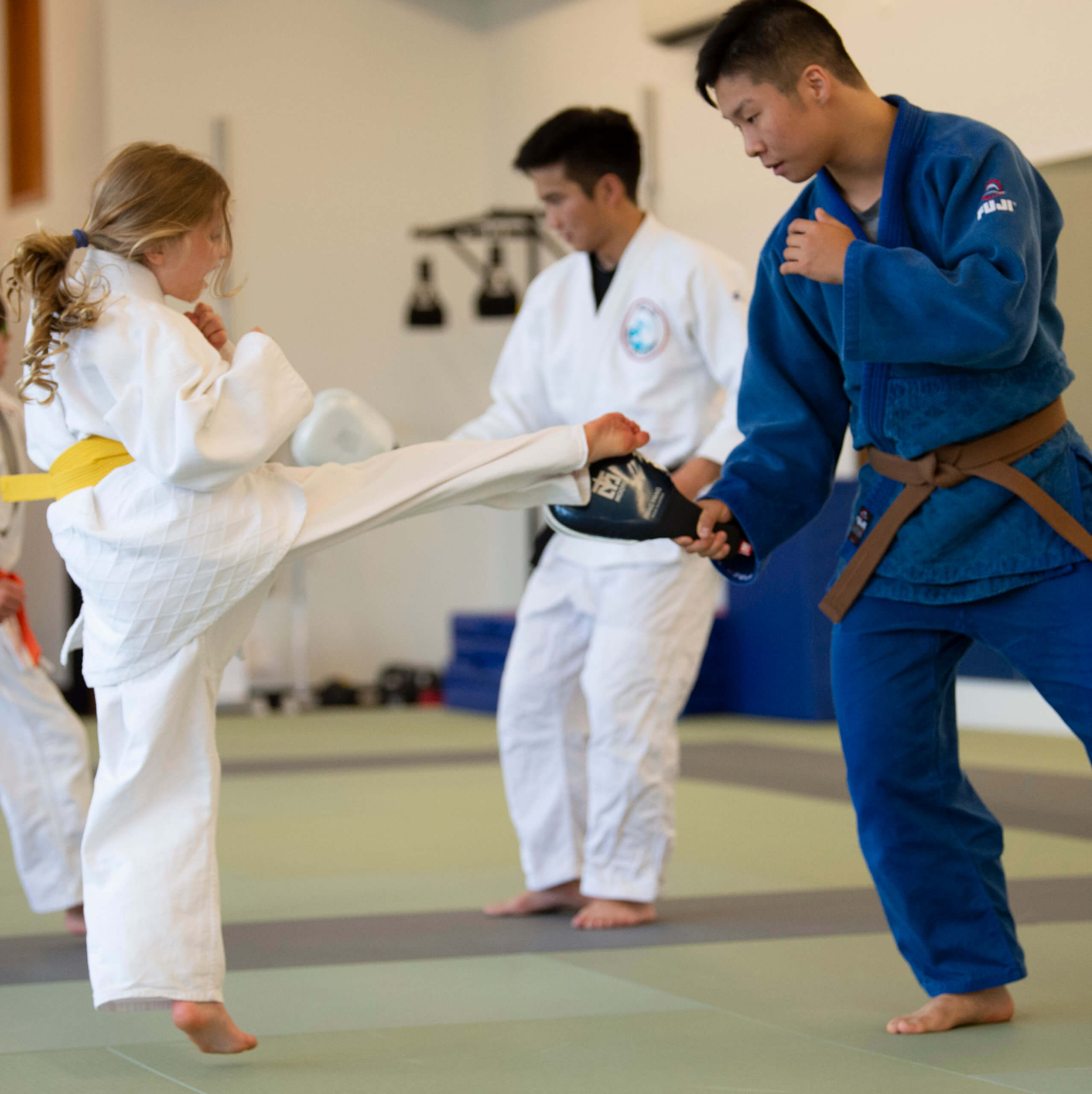
JUDO
In Judo, developing one’s technique through contest is a hallmark of each student’s journey. In a judo contest, the object is to either throw or takedown one’s opponent, immobilize or otherwise subdue one’s opponent. While Kano was not opposed to Judo being taught as a sport, Kano was primarily interested in the physical development of students as it related to their ability to translate these physical lessons to all aspects of their life. As such, the vast majority of Kano’s time spent teaching judo and in his writings were on society at large, the development of moral character and the benefit of judo study to both of them.

HAPKIDO
Hapkido is a relatively modern martial art which developed in Korea after the Japanese occupation, and is the most misunderstood of the martial arts. While Choi Yong-Sul is credited with being the “Founder” of Hapkido, several martial arts masters brought together training from Aikijujitsu, Aikido, Judo and ChungDoKwan TaeKwonDo to form the all inclusive art. These practitioners were responsible for both adding diversity and depth to the techniques of Hapkido, as well as introducing the art to Seoul.
Although Hapkido incorporates striking, the focus of the art is to control violent behavior by subduing the aggressor through arm bars and locks. Because of this approach, Hapkido is the preferred defense tactics of military and police professionals as well as any job requiring the possibility of dealing with physical threats and confrontation. While not difficult to learn, Hapkido contains a complex set of offensive and defensive movements.

AIKIDO
Aikido is a Japanese martial art developed by Morihei Ueshiba and derives mainly from the martial art of Daito-ryu Aiki-jujutsu. Ueshiba’s goal when forming Aikido was to create an art that practitioners could use to defend themselves while also protecting their attacker from injury. As such, Aikido’s focus is unbalancing an opponent, where he can either be thrown or controlled with a joint lock or pin. Aikido also includes the use of weapons such as the sword, staff and knife. While Aikido has very little striking, it is an effective defensive system utilizing circular movements flexibility, active footwork, balance and timing.
At Pacific Rim, student have the opportunity to train in, and earn certification in Tomiki Aikido. Tomiki Aikido was founded by Kenji Tomiki. Tomiki trained in Aikido directly with the founder and was awarded the first 8th Dan in 1940. Tomiki also was an 8th Dan in Kodokan, created the Goshin Jutsu Kata and was a member of the Kodokan’s Special Direction Committee. Tomiki developed his own style of Aikido which utilized Aikido techniques in the open (long-reach) distance, and Judo techniques in a close (short, critical) distance and practiced both randori as well as organized formal competitions.

TAEKWONDO
There are two main branches of TaeKwonDo development. “Traditional TaeKwonDo” typically refers to the martial art as it was established in the 1950’s and 1960’s in the South Korean military, and in various civilian organizations, including schools and universities. “Sport TaeKwonDo” has developed in the decades since the 1950’s and has a different focus especially in terms of its emphasis on speed and competition. TaeKwonDo has officially been an Olympic Sport since 2000.
At Pacific Rim students train in the Chung Do Kwan style of TaeKwonDo. Chung Do Kwan is a traditional style of TaeKwonDo and the most highly regarded style in Korea. Chung Do Kwan concentrates more on self-defense applications that with competition oriented techniques.

IAIDO
Iaido is a Japanese martial art that encompasses hundreds of styles of swordsmanship, all of which subscribe to non-combative aims and purposes. Iaido is an intrinsic form of Japanese modern budo.
Iaido consists of four main components: the smooth, controlled movements of drawing the sword from its scabbard (or saya), striking or cutting an opponent, removing blood from the blade, and then replacing the sword in the scabbard.
At Pacific Rim, members train in Ryushin Shouchi Ryu Iaido. Ryushin is a school of kobudo (ancient martial arts) specializing in iaijutsu (the art of drawing and cutting), founded by Kawabata Terutaka and is composed of over 60 kata (prearranged solo forms), and iai kumitachi (two man bokken training). The origins of the iaijutsu kata can be traced back 500 years to the Japanese swordsmanship schools of Katori and Kashim.
Today, Ryushin Shouchi Ryu is practiced across the globe with several dojos in the United States, Canada, Europe, and Japan.


